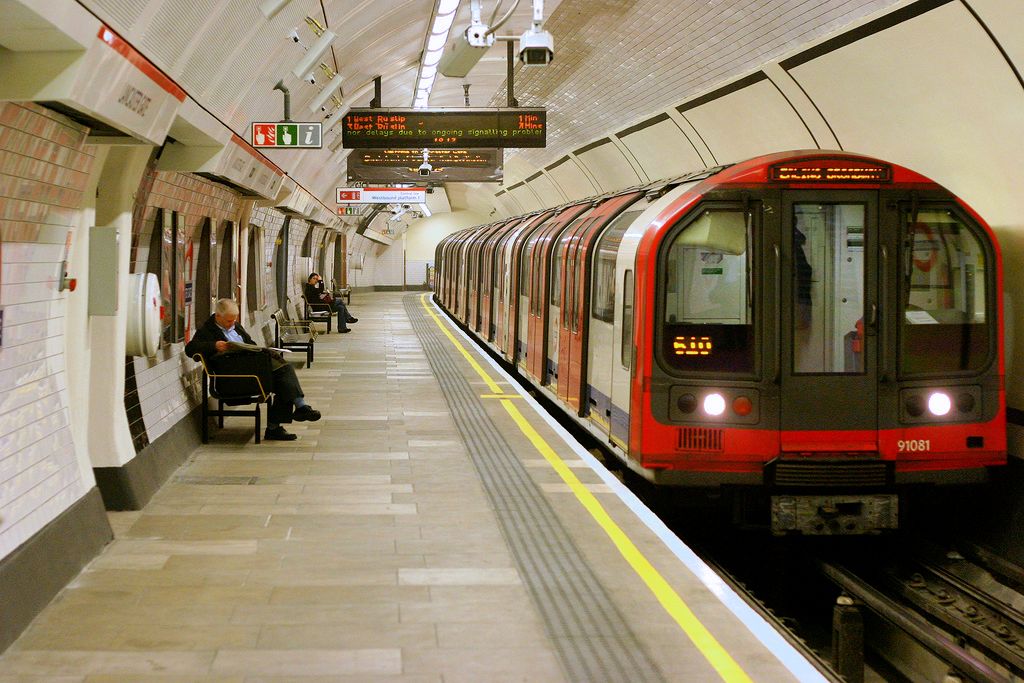This post is also available in:
 עברית (Hebrew)
עברית (Hebrew)
Subway systems are complex with many moving parts and miles of tunnels. A new project focuses on cleaning up a subway system after the release of a biological warfare agent such as anthrax. The US DHS-sponsored Underground Transport Restoration project is wrapping up after four years of research.
Sandia National Laboratories engineer Mark Tucker developed the company’s decontamination foam, which was used to decontaminate parts of federal office buildings and mailrooms during anthrax letter attacks in 2001. He has also led Sandia’s team during numerous chemical and biological remediation projects sponsored by the Department of Homeland Security Science and Technology Directorate’s Homeland Security Advanced Research Projects Agency.
According to Sandia’s website, these projects focused on specific remediation situations, starting with cleaning up an airport after a biological agent release. Teams of researchers tested available decontamination methods and technologies, learned what current technologies can’t do, researched solutions and then developed recommendations in case of an airport attack.
Their work progressed through a series of DHS projects to clean up an airport after a chemical release, steps to take in a citywide anthrax attack and how to scour a subway system after a chemical release.
A critical aspect is figuring out what the contaminant is and how far it has spread. Sandia engineer Bob Knowlton has worked on this challenge for a dozen years. His team has developed scientific sampling methods to determine the extent and nature of the contamination. Sampling also is essential to confirm the decontamination was effective and the site is safe to re-enter.
Tucker said, “What we’re trying to do is make it so that if somebody does release anthrax into a subway system, we can get the system back into operation as soon as possible while still protecting public health and safety.”
Sandia’s researchers and their collaborators at other national laboratories and local, state and federal agencies have looked at everything from how to clean subway stations and grimy tunnels to where a surrogate for anthrax would go when released inside the New York City subway system and the best way to decontaminate a subway car.
The current way to test for anthrax is to take swabs, send them to a laboratory and watch for the growth of Bacillus anthracis bacteria. To speed up this process, Knowlton’s team has worked out recommendations for the initial set of samples on the first day after a suspected release to aid decision-makers. These recommendations include suggested swab locations for subway tunnels, railcars, stations, even control rooms.
To reduce the number of swabs that need to be analyzed by laboratories, the researchers developed methods to handle subway grime on swabs and suggestions for combining several samples in one culture. If no Bacillus anthracis bacteria grows, then all of those swab locations are clean.
Sandia’s decontamination foam was originally developed with funding provided by the Department of Energy and National Nuclear Security Administration Chemical and Biological National Security Program. It has been licensed to companies, which have developed it for use in a variety of applications, such as commercial and residential mold remediation, disinfection of hospitals and schools and pesticide removal for farm equipment.


























